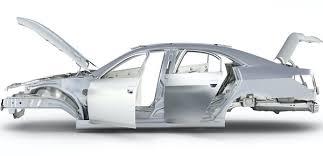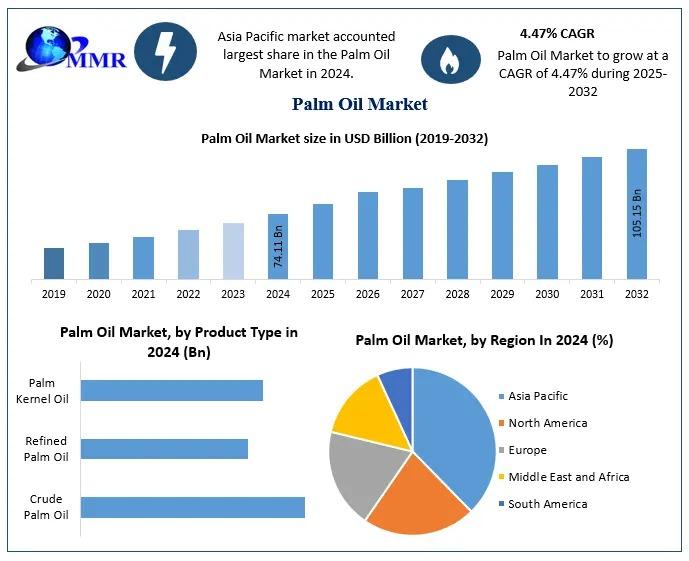Automotive Structural Sheets: Strengthening the Future of Vehicle Design

Introduction
The Automotive Structural Sheet Market is expanding steadily as vehicle manufacturers increasingly adopt high-strength and lightweight sheet materials to enhance structural integrity, crash safety, fuel efficiency, and durability. Structural sheets are used in critical vehicle components such as body-in-white (BIW), chassis, doors, roof panels, floor panels, pillars, and structural reinforcements. These sheets are typically made from advanced materials including high-strength steel (HSS), aluminium, magnesium alloys, and composite sheets designed to withstand high stress and load conditions. With growing focus on vehicle lightweighting to meet emission norms and improve EV driving range, structural sheet materials have become essential in modern automotive manufacturing. The market is projected to grow at a CAGR of around 6–7% over the forecast period, driven by advancements in material science, rising vehicle production, electrification, and safety regulations. As the automotive industry moves toward sustainable and high-performance designs, demand for advanced structural sheet solutions continues to rise.
Market Drivers
Stringent emission and fuel efficiency regulations are major drivers accelerating demand for lightweight structural materials in vehicles. Increased production of electric vehicles requires lightweight structural sheets to compensate for battery weight and extend driving range. Rising consumer expectation for vehicle safety is driving adoption of high-strength structural sheets that improve crashworthiness and occupant protection. Growth in automotive production across emerging markets contributes to rising consumption of BIW materials and sheet components. Advancements in steel processing technologies, such as AHSS (Advanced High-Strength Steel) and UHSS (Ultra High-Strength Steel), offer superior strength-to-weight benefits, supporting lightweighting initiatives. Increased use of aluminium and composite sheets in premium and performance vehicles also boosts market growth. Additionally, OEM focus on modular platforms and global vehicle architectures is standardizing use of advanced structural sheet materials.
Market Challenges
High cost of lightweight structural materials such as aluminium and composites limits adoption in cost-sensitive vehicle segments. Manufacturing and forming complexities of ultra-high-strength sheets require advanced processing technologies, increasing production costs. Thermal expansion, joining techniques, and compatibility issues between mixed-material structures present engineering challenges for OEMs. Repair and replacement of lightweight structural components are more costly compared to conventional steel sheets, impacting aftermarket accessibility. Dependence on global raw material supply chains exposes the market to volatility, especially for aluminium and alloy metals. Electrification introduces new design challenges requiring thermal-resistant and crash-safe structural sheets around battery enclosures. Additionally, recycling of multi-material automotive structures is complex and remains a long-term sustainability challenge for manufacturers.
Market Opportunities
Increasing EV adoption presents strong opportunities for advanced lightweight structural sheets that optimize body weight, safety, and battery enclosure strength. Development of multi-material structural sheets combining metals and composites creates scope for improved performance and flexibility. Use of magnesium alloys, carbon fiber sheets, and thermoplastic composites offers innovation potential for next-generation lightweight vehicles. Expansion of shared mobility, autonomous shuttles, and commercial EVs will require durable and crash-resistant structural materials. Adoption of hot stamping, hydroforming, and flexible rolling technologies improves manufacturing efficiency and design freedom. Circular economy initiatives and demand for recyclable materials open opportunities for sustainable structural sheet solutions. Collaboration between automotive OEMs, material scientists, and steel/ aluminium manufacturers will accelerate innovation in high-performance structural materials.
Regional Insights
Asia-Pacific dominates the Automotive Structural Sheet Market due to high vehicle production, expanding OEM footprint, and rising EV manufacturing across China, Japan, South Korea, and India. China leads in consumption of structural sheet materials due to mass vehicle production and strong EV momentum. Europe holds a significant market share driven by stringent emission regulations, premium automaker presence, and adoption of lightweight BIW solutions across Germany, France, and the UK. North America shows strong demand due to popularity of SUVs, trucks, and EV initiatives by major OEMs in the U.S. and Canada. Latin America, the Middle East, and Africa are gradually adopting advanced structural materials as automotive manufacturing grows and safety standards improve.
Future Outlook
The future of the Automotive Structural Sheet Market will be shaped by lightweighting, electrification, sustainability, and material innovation. Advanced high-strength steel will continue to dominate due to cost-effectiveness and structural performance, while aluminium and composites will expand further in EVs and premium segments. Battery-integrated structural sheet designs will gain prominence as OEMs optimize vehicle platforms for EV-specific requirements. AI-driven simulation, digital engineering, and next-gen forming technologies will accelerate structural sheet development and reduce production time. Sustainable and recyclable material solutions will influence future adoption as the industry shifts toward green manufacturing. As mobility evolves, structural sheets will remain central to ensuring safety, durability, and efficiency in next-generation vehicle platforms.
Conclusion
The Automotive Structural Sheet Market is evolving as automakers prioritize lightweighting, safety, and high structural performance. Structural sheets form the core of vehicle architecture, supporting crash safety, efficiency, and durability. Although high costs, material processing challenges, and multi-material integration create barriers, rapid advancements in high-strength alloys, composites, and forming technologies are expanding market opportunities. With the rise of EVs, sustainability initiatives, and modern BIW engineering, demand for advanced structural sheet solutions is expected to grow significantly. The market is positioned for strong long-term expansion as manufacturers focus on innovation, efficiency, and sustainable automotive design.


